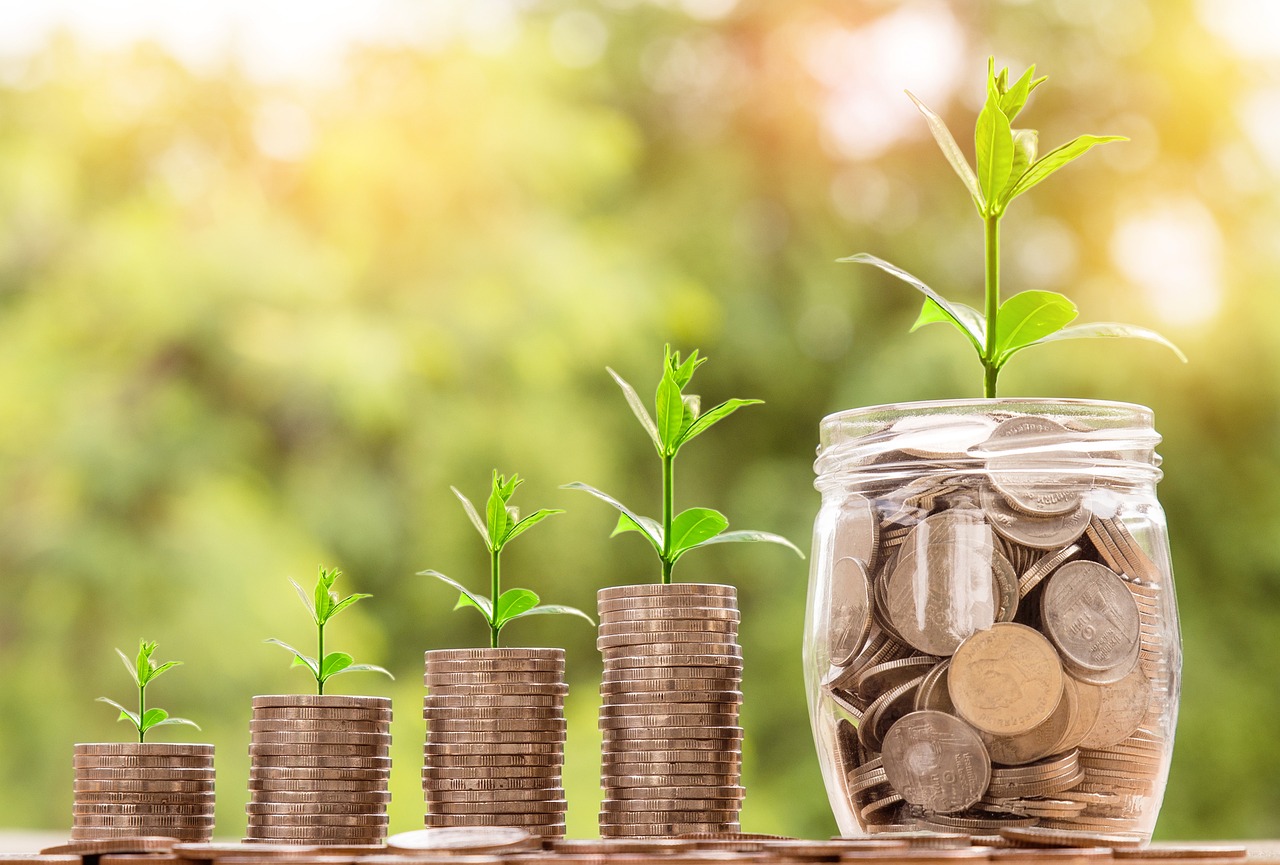Table of Contents
ToggleTop 15 BEST Sustainable Living Tips

Why Sustainable Living Matters More Than Ever
In today’s rapidly changing climate landscape, sustainable living isn’t just a trend—it’s becoming a necessity. With rising global temperatures, increasing pollution, and dwindling natural resources, the choices we make daily have never had a greater impact on our planet’s future. The good news? Making a difference doesn’t require radical lifestyle changes or expensive investments.
This comprehensive guide cuts through the noise to bring you 15 actionable, science-backed sustainable living tips that not only reduce your environmental footprint but also save you money in the process. From mastering your home’s energy use to rethinking your diet and transportation habits, these practical strategies offer a roadmap to a more eco-friendly lifestyle that’s both achievable and impactful.
What Are the Most Effective Sustainable Living Tips for 2025?

1. Master You're Home's Energy Usage
Your home is likely your biggest energy consumer, but it also offers significant opportunities for sustainable improvements. Install a smart thermostat to reduce heating and cooling costs by 10-20% annually, consider bifacial solar panels that generate 5-30% more energy than traditional panels, and combat “vampire” energy drain by unplugging devices or using smart power strips to save $100-$200 each year.

2. Ditch Single-Use Plastics
Plastic pollution has reached crisis levels in our oceans and landfills, affecting natural vegetation, wildlife, and even humans. A single stainless steel water bottle can save approximately 167 plastic bottles annually, while reusable beeswax wraps can replace over 1,000 plastic wraps in your kitchen. Consider purchasing pantry staples in bulk using reusable containers like mason jars to significantly reduce packaging waste, which accounts for roughly 30% of household trash.

3. Rethink Your Plate
Your diet has a substantial impact on the environment. Going vegetarian for just two days per week can reduce your diet’s carbon footprint by approximately 25%, helping to combat the 14.5% of global emissions generated by livestock farming. To compensate for nutrients, you can explore alternative proteins like lab-grown meat, which uses 90% less land and 75% less water than conventional beef, and grow herbs on your windowsill to produce 95% less CO2 than store-bought options.

4. Travel Smarter (Or Not At All)
Transportation is a major source of carbon emissions, but simple changes can help minimize your impact. Electric vehicles charged via rooftop solar panels have a 70% smaller carbon footprint than conventional gasoline-powered cars, while carpooling just twice weekly reduces individual carbon emissions by approximately 1,000 pounds annually. For journeys under two miles, consider biking instead of driving to save about 0.7 pounds of CO2 per mile.

5. Become Water Efficient
Water conservation is easier than you might think. A low-flow showerhead saves approximately 2,700 gallons annually, reducing your water bill by about $70 without sacrificing water pressure. Address leaks promptly, as a single dripping faucet wastes roughly 3,000 gallons yearly—enough for 180 showers—and consider implementing rainwater harvesting with a single rain barrel to collect about 1,300 gallons annually for garden irrigation.

6. Hack the Circular Economy
The linear “take-make-dispose” economic model is inherently unsustainable. Purchasing used clothing reduces CO2 emissions by approximately 79% compared to buying new fast fashion items, while keeping your smartphone for an additional two years reduces electronics waste by roughly 30%. Consider composting food scraps to divert approximately 30% of household waste from landfills, reducing methane emissions while creating nutrient-rich soil for your garden.

7. Invest in Renewable Energy
Even without installing solar panels, you can support renewable energy through alternative options. Many utilities offer community solar subscriptions that can reduce energy bills by 15-20% without requiring home installation. Consider supporting innovative energy projects like green hydrogen initiatives, which could help decarbonize up to 30% of global industry by 2030 as the technology advances.

8. Turn Minimalist (With Purpose)
Reducing consumption is fundamental to sustainable living and creates a more peaceful home environment. Implement a one-in-one-out policy: for every new item you purchase, donate or sell something you no longer need, a practice shown to reduce impulse buying by about 40%. Host or participate in clothing, book, or gadget exchanges instead of purchasing new items, building community connections while reducing waste and resource consumption.

9. Support Regenerative Agriculture
Our food system’s environmental impact extends far beyond your dinner plate. Seek out products from regenerative farms that sequester approximately 10 tons of CO2 per acre annually through sustainable farming practices, and consider joining local Community Supported Agriculture programs, which cut food transportation emissions by up to 90% compared to supermarket produce while supporting local farmers and providing fresher, more nutritious food.

10. Digitize Wisely
Even your digital habits have meaningful environmental consequences that often go unnoticed. Watching videos in standard definition instead of 4K saves approximately 80% of data-related energy, as 4K streaming emits about 0.4 kg CO2 per hour. Practice digital decluttering by regularly deleting unnecessary emails and files, as 1 GB of stored data generates roughly 7 kg CO2 annually through server energy consumption.

11. Green Your Workspace
Your workspace offers numerous opportunities to improve your sustainable living whether at home or in an office setting. Using 100% recycled paper saves approximately 24 trees per ton and halves water consumption compared to virgin paper production, while selecting bamboo alternatives for office supplies and furniture utilizes a material that grows approximately three times faster than traditional wood and absorbs about five times more CO2, making it both efficient and sustainable.
BONUS TIP!
Use Carbon Removal Subscriptions

Direct carbon removal subscriptions fund technologies that physically extract CO2 from the atmosphere and permanently store it underground. For approximately $20-50 monthly (less than many streaming services), you can remove 1-2 tons of carbon annually—effectively neutralizing up to 20% of an average American’s carbon footprint with zero lifestyle changes. Companies like Climeworks and Carbon Engineering are scaling these technologies rapidly, with removal costs dropping 37% since 2022.
How to Maximize Your Sustainable Living Impact

Implementing all 15 strategies at once might seem overwhelming, but sustainability is a journey, not a destination. Start by selecting 3-5 tips that align with your current lifestyle and priorities, then gradually incorporate additional practices as they become habits.
The key to successful sustainable living is consistency rather than perfection. Even small, incremental changes compound over time to create significant environmental benefits. Remember that sustainability isn’t about deprivation—it’s about making thoughtful choices that benefit both planetary and personal well-being.
Why Small Changes Create Big Environmental Impacts

When we examine environmental challenges on a global scale, individual actions might seem insignificant. However, the collective impact of millions making small adjustments creates powerful momentum for change.
Washing laundry in cold water saves approximately 90% of the energy used per load compared to hot water washing. Requesting digital receipts eliminates your contribution to the roughly 1.5 billion pounds of paper receipt waste generated annually, much of which contains BPA, a potentially harmful chemical.
A single menstrual cup replaces approximately 2,400+ disposable products over a 10-year period, dramatically reducing waste while saving money. Adjusting your thermostat by just 1-2 degrees seasonally can reduce energy consumption by up to 10% with minimal comfort impact. ENERGY STAR certified appliances use 10-50% less energy than standard models, quickly offsetting their potentially higher purchase price through utility savings.
Each of these changes represents a small adjustment to daily routines that, when consistently applied, yields significant environmental benefits without requiring major lifestyle overhauls or financial investments.
What Makes Sustainable Living Financially Beneficial

Perhaps the most persistent myth about sustainable living is that it’s expensive or requires financial sacrifice. In reality, many eco-friendly practices generate substantial cost savings over time:
| Sustainable Practice | Potential Annual Savings | Environmental Benefit |
|---|---|---|
| Smart thermostat installation | $180-$360 | Reduced energy consumption and emissions |
| Low-flow fixtures | $70-$100 | 2,700+ gallons of water conserved |
| Eliminating "vampire power" | $100-$200 | Reduced electricity consumption |
| Cold-water laundry | $60-$100 | 90% energy reduction per load |
| Reusable water bottle | $260+ | 167+ plastic bottles eliminated |
| Meat-free days (2x weekly) | $520+ | 25% reduction in diet-related emissions |
| Home insulation improvements | $200-$400 | 15-30% heating/cooling energy reduction |
| Second-hand shopping | $500+ | 79% reduction in clothing carbon footprint |
| Community solar subscription | $180-$240 | Support for renewable energy infrastructure |
| Repairing vs. replacing devices | $300+ | 30% reduction in e-waste |
As the table illustrates, sustainable practices often create a “win-win” scenario where financial and environmental benefits align. Over a five-year period, implementing even half of these strategies could generate thousands in savings while significantly reducing your environmental impact.
The key is viewing sustainable choices as investments rather than expenses. While some practices (like solar panel installation) require upfront costs, their long-term financial and environmental returns typically far exceed the initial investment. Others, like reducing meat consumption or shopping second-hand, generate immediate savings while benefiting the planet.
Conclusion: How to Start Your Sustainable Living Journey

Sustainable living isn’t about achieving perfection—it’s about making progressively better choices that align with both environmental well-being and personal values. The 15 science-backed strategies outlined above provide a roadmap for meaningful change without overwhelming complexity or financial burden.
Remember the wisdom of environmentalist Robert Swan: “The greatest threat to our planet is the belief that someone else will save it.” By embracing these practical, high-impact sustainable living tips, you’re not just reducing your own environmental footprint—you’re joining a global movement toward a more sustainable future.
Start where you are, with what you have. Choose one strategy that resonates with you, implement it consistently, then gradually expand your sustainable practices. Through these thoughtful choices, we collectively create the change our planet urgently needs.
